Core Concept: 10/10
Mission Control
Data Driven Decisions
Concept:
Collecting and tracking data to make informed and timely decisions.
The Dashboard is perhaps the most important component for a business as without it you are operating blind and all other aspects rely on the ability to track the results of your efforts. Much like a vehicle dashboard that provides real time that is critical for safety and awrareness. Imagine driving your car without a speedo, GPS, oil temp guage, tyre pressure sensors or fuel guage. That journey would be difficult and potentially dangerous. Therefore running a business without knowing key performance indicators (KPIs) is dangerous for your business as you could be missing important information that could lead to catastrophe. An example of this would be running paid ads but not tracking the return on ad spend (ROAS) You might be getting more sales but for what cost and from which ad? Not only is this incredibly ineffecient it’s also the fastest way to burn money. There are many examples of this and it never ceases to amaze me how many businesses don’t even do basic tracking such as website analytics. Don’t make this same mistake, below I will outline the KPIs you should be tracking, how to set them up and how to interpret the data.

Here are the categories of data you should be collecting and monitoring, ideally in a central dashboard.
1. Website Traffic Analytics
Your website is central to your operations and many things depend on and lead back to your website so having real time data is critical. The go-to and industry standard Google Analytics so aim to at least have this set up. This gives you important data about who has landed on your website, what device they used and how they interacted with your website.
2. Google Search Console
The next thing to look at is how your website is being indexed by Google and how it shows on search results pages. Google Search Console allows you to track this information but also drill down into what keywords people use, how many times your website appeared and what position in the search rankings you were. This information along with any technical problems are critical for monitoring.
3. SEO Tracking
Building on from the search console data you will want to identify what keywords and phrases people search for and that you would like to appear at the top of Google for. This process is called Search Engine Optimisation (SEO) You will need a tool to monitor your search rankings for this keywords over time along with your competitors.
4. Sales
Obviously sales information is important so having access to these figures combined with other data allows you to see how sales are impacted by your marketing output. Key things to track are average order value, cost of acquisition, gross sales, net sales, and lifetime value.
5. Social Media
Pulling in data from your social media accounts is useful to get a top down view on how your growing audience influences your website traffic and sales. A tool that tracks your follower growth over time along with post performance can be really useful.
6. Email
When you run email campaigns you will want to track your open rates, click rates, bounces, unsubscribes and other data to monitor and optimise over time.
7. Site Health
Your website is mission critical infrastructure so you should be monitoring your website health using tools like Google Lighthouse and other auditing tools to keep track of your vitals. It’s also good practice to use uptime monitors to alert you if your website goes down. Uptime monitor is good for this.
8. Paid Ads
When you run ads you’ll need to monitor in real time the performance but tracking spend and conversions overtime combined with the above data gives you a complete picture of your marketing performance.
How to build one
Free Option:
–
–
–
Paid Option
Funnel.teague.ai (pro members)
